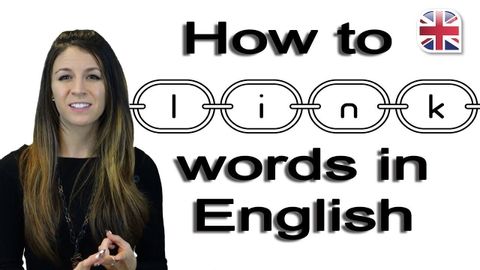英語を流暢に話す-単語のつなぎ方-発音レッスン
Alec Tsai が 2017 年 07 月 17 日 に投稿  この条件に一致する単語はありません
この条件に一致する単語はありませんUS /prəˌnʌnsiˈeʃən/
・
UK /prəˌnʌnsiˈeɪʃn/
- n. (c./u.)発音;正確な発音;発音の仕方;発音ガイド
- n.言い回し;音楽の節;語句;句
- v.t./i.言い表す
US /ˈpræktɪs/
・
UK /'præktɪs/
- n.仕事;練習すること;慣習
- v.t./i.開業;従う;練習する;実践する
- n. (c./u.)(ある土地に)生まれた人;全国の;(ある言語を)第一言語とする人
- adj.生まれつきの
エネルギーを使用
すべての単語を解除
発音・解説・フィルター機能を解除
